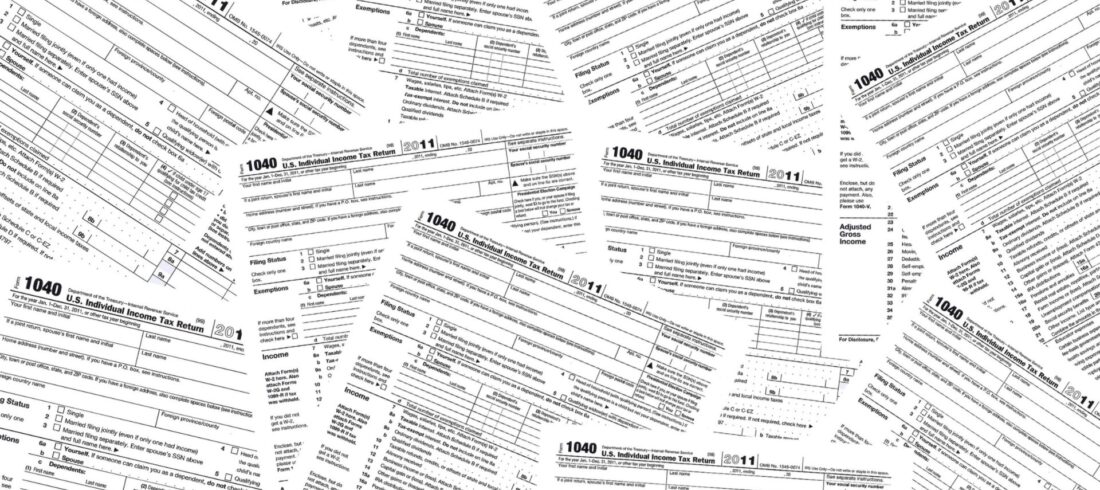Caution: The procedure described below for filing a late S election for an LLC is somewhat technical, and most business owners will probably want to have professional help if they have missed the deadline for making the election.
We got a new client last week, a young man I’ll call Ed, who started a furniture building business earlier this year. He had planned on a slow start, but he opened an ebay store, and he’s been so busy he had to hire a helper. Ed had two main problems. One was that he hadn’t had time to do any bookkeeping. He knew he was making money, because he didn’t have any debt, and there was money in his bank account. But he had no idea how much estimated tax to pay. Ed’s other problem was that he had initially set his business up as a Limited Liability Company (“LLC”). He had read a book (note 1) and concluded that it would be a good idea to make election to be taxed as an S Corporation. He had discussed this with the lawyer who set up the LLC for him and had believed that the lawyer was going to take care of making the election. When we reviewed Ed’s corporate records, we discovered that the election had never been made.
Ed’s first problem will soon be taken care of. One of our accountants is working on getting Ed’s financial books in order even as I write. By the way, for a good article on bookkeeping, see Nichelle Stephens’s October 25 article USING QUICKBOOKS TO DEVELOP FINANCIALS http://www.allbusiness.com/accounting-reporting/record-keeping/2975346-1.html?postId=7521
Ed’s second problem required a letter to IRS. The default tax treatment for a single-member LLC like Ed’s is taxation as a “disregarded entity.” This means that as far as IRS is concerned, the business is a sole proprietorship (see note 2 below). Since Ed missed the deadline for filing the S-election, he may have to report the income from his business on Schedule C of his Form 1040 this year and wait until next year to be taxed as an S-Corporation. On the other hand, IRS is typically fairly forgiving when S-elections are not filed on time.
Here’s what we did: We prepared Form 2553, just as we would have done if Ed were still within the 75-day time period . In addition, we prepared a “reasonable cause” letter to send to IRS along with the form. The letter states that it was reasonable of Ed to rely on his lawyer to take care of making the S-election, and asks that Ed be allowed to file the LLC’s 2006 tax return as an S Corporation even though the LLC did not make the election on time. Also (this is important!) the letter made reference to Rev Proc 2004-48 and to Form 8832, as well as to Form 2553. Form 8832 “Entity Classification Election” is the form that’s used for a taxable entity to elect to be taxed as another sort of entity. In order to reduce paperwork, IRS only requires Form 2553 “Election by a Small Business Corporation” when an LLC is electing to be taxed as an S Corporation, but when Form 2553 is filed, the filing of Form 8832 is implied. Thus, one must reference both Form 8832 and Form 2553 when asking IRS to excuse a late S election. If both forms are not referenced, IRS will not allow the late election.
Note 1 – The book Ed read is LOWER YOUR TAXES – BIG TIME by Sandy Botkin, CPA, Esq. This is one of the best tax advice books I’ve seen. It contains some ideas you don’t encounter in most such books, and it tells you how to put the ideas into practice legally, so you don’t end up getting into trouble.
Note 2 – This is one of the more confusing aspects of the LLC. Clients often ask whether they’ll still have liability protection if their LLC is taxed as a sole proprietorship (or general partnership for LLC’s with more than one member). The answer is that they are still an entity with limited liability at the state level, so yes, they still have liability protection, regardless of the kind of income tax return the LLC files.













